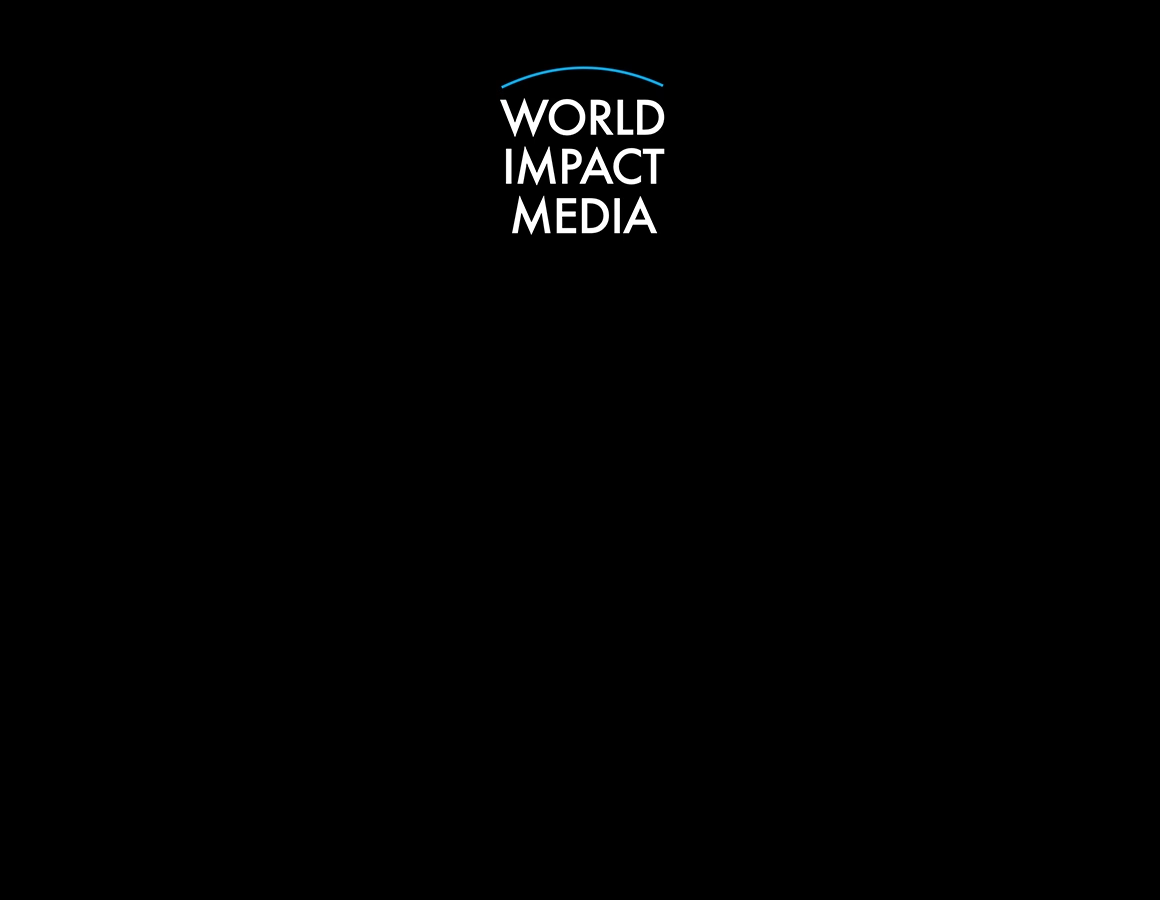As the U.S. economy grapples with slowing growth, persistent inflation, and weakening labor data, a critical question looms large in economic and political circles: Has the U.S. already entered a recession in 2025? And if so, when exactly did it begin?
While the technical declaration of a recession is made retroactively by the National Bureau of Economic Research (NBER), early indicators suggest that the seeds of a 2025 recession may have been sown in the first quarter of the year—or possibly even late 2024.
What Is a Recession?
The common rule of thumb for a recession is two consecutive quarters of negative GDP growth, but the NBER uses a broader definition. According to the NBER, a recession involves “a significant decline in economic activity that is spread across the economy and lasts more than a few months.” This includes metrics like:
- Real GDP
- Real income
- Employment
- Industrial production
- Retail sales
Economic Red Flags in Early 2025
Recent data paints a troubling picture:
- GDP Growth Slowed Sharply: Preliminary estimates show the U.S. economy grew by just 0.8% in Q1 2025, down significantly from 2.1% in Q4 2024. If Q2 figures turn negative, that could signal the official start of a recession.
- Unemployment on the Rise: The jobless rate rose to 4.4% in April 2025, marking a clear uptrend from the sub-4% levels of the prior year.
- Inflation Persists: Despite cooling from its 2022 highs, inflation rebounded slightly in early 2025—remaining near 4%, which is still double the Fed’s target.
- Consumer Confidence and Retail Sales Dip: Shoppers are pulling back, with consumer sentiment indices and retail spending figures softening notably since February.
So, When Did the Recession Start?
If a recession is declared later this year, economists expect the NBER could pinpoint its start to either January or February 2025—when several economic indicators simultaneously turned south.
However, because the NBER often takes 6–12 months to make official recession calls, the public may not get a definitive answer until late 2025 or early 2026.
Why It Matters
The timing of a recession’s official start affects:
- Fiscal and monetary policy responses
- Investor sentiment and market behavior
- Business planning and consumer confidence
If early 2025 is deemed the start of a recession, it would influence decisions on interest rate adjustments, federal stimulus programs, and even the political narrative going into the 2026 midterms.
Final Thoughts
While we may not have a declared “first day” of the 2025 recession yet, all signs point to early 2025—likely January—as the economic turning point. The coming months will be critical in confirming whether the U.S. has truly entered a recession, or if policymakers can steer the economy into a soft landing.












